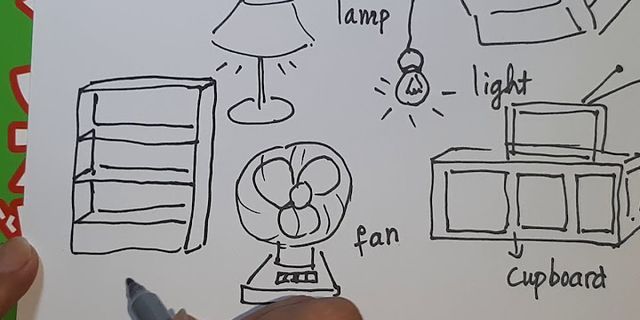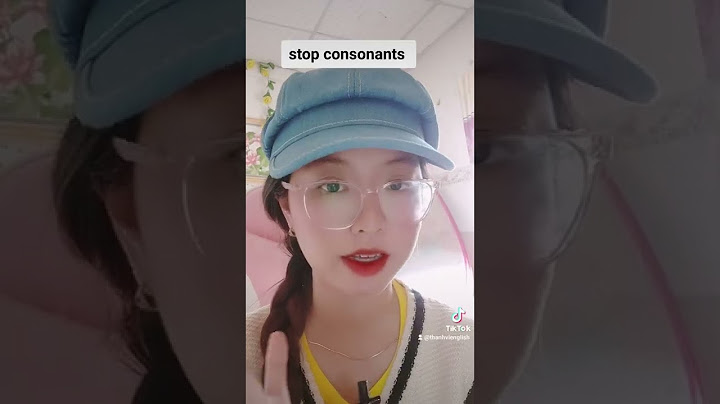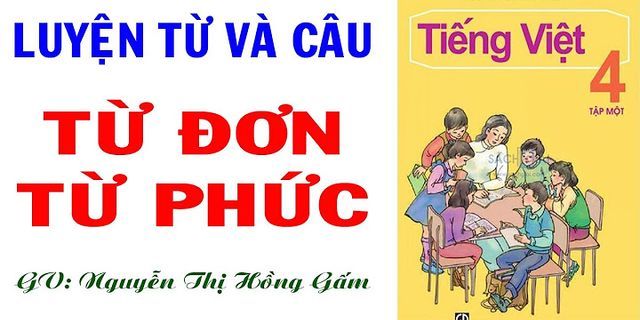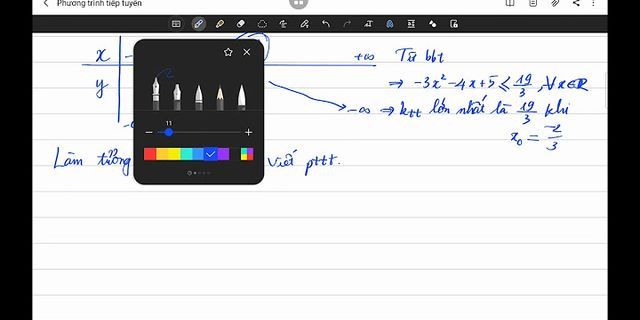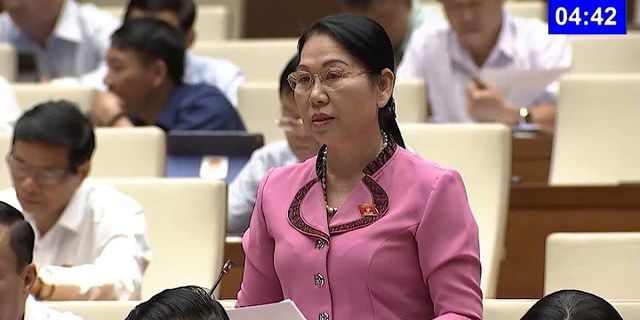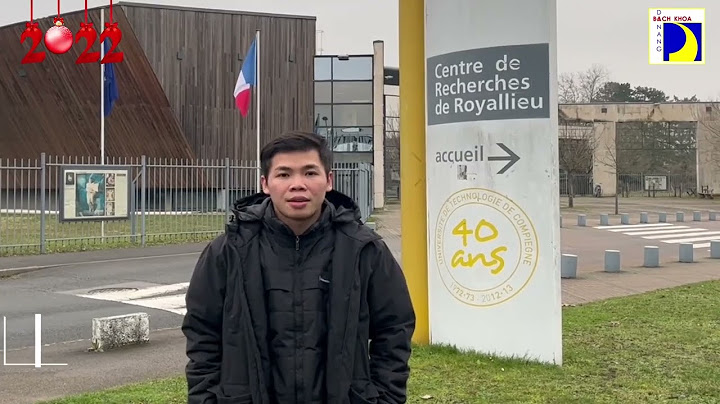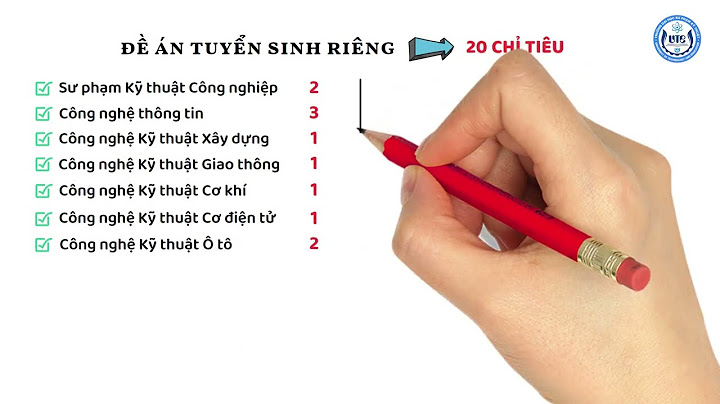JOHN: Erm … hello Professor, I’m John Wishart. I’m working on my entry for the Global Design Competition. My tutor said you might be able to help me with it. PROFESSOR: Ah, yes, I got a copy of your drawings. Come in and tell me about it. What sort of competition is it? JOHN: Well, it’s an international design competition and we have to come up with a new design for a typical domestic kitchen appliance. (Q21) PROFESSOR: I see, and are there any special conditions? Does it have to save energy for example? JOHN: Actually that was the focus in last year’s competition. This year’s different. We have to adopt an innovative approach to existing technology, using it in a way that hasn’t been thought of before. PROFESSOR: I see, that sounds tricky. And what kitchen appliance have you chosen? JOHN: Well, they’re an everyday kitchen appliance in most Australian houses but they’re all pretty boring and almost identical to each other. I think some people will be prepared to pay a little extra for something that looks different. (Q22) PROFESSOR: That’s a nice idea. I see you’ve called your design ‘the Rockpool’; why is that? JOHN: Basically because it looks like the rock pools you find on a beach. The top is made of glass so that you can look down into it. PROFESSOR: And there’s a stone at the bottom. Is that just for decoration? JOHN: Actually it does have a function. Instead of pushing a button, you turn the stone. (Q23) PROFESSOR: So it’s really just a novel way of starting the dishwasher. JOHN: That’s right. PROFESSOR: It’s a really nice design, but what makes it innovative? JOHN: Well, I decided to make a dishwasher that uses carbon dioxide. PROFESSOR: In place of water and detergent? How will you manage that? JOHN: The idea is to pressurize the carbon dioxide so that it becomes a liquid. The fluid is then released into the dishwasher where it cleans the dishes all by itself. PROFESSOR: Sounds like a brilliant idea! Your system will totally do away with the need for strong detergents. So what happens once the dishes are clean? JOHN: Well, to allow them to dry, the liquid carbon dioxide and the waste materials all go to an area called the holding chamber. That’s where the liquid is depressurised and so it reverts to a gas (Q24). Then the oil and grease are separated out and sent to the waste system. PROFESSOR: It sounds like you’ve thought it all out very thoroughly. So, what happens to the carbon dioxide once the process is complete? Not wasted I hope. JOHN: Actually, that’s where the real savings are made. The carbon dioxide is sent back to the cylinder and can be used again and again. (Q25) PROFESSOR: What a terrific idea. Do you think it will ever be built? JOHN: Probably not, but that’s OK. PROFESSOR: Well, I’m sure a lot of positive things will come out of your design. ——————————- PROFESSOR: Now, you seem to have thought about everything so what exactly did you need me to help you with? JOHN: Well, my design has made it to the final stage of the competition and, in a few months’ time. I have to give a presentation, and that’s the part I was hoping you could help me with. (Q26) PROFESSOR: Right, well that should be easy enough. What have you managed to do so far? JOHN: Well, I’ve got detailed drawings to show how it will work and I’ve also written a 500-word paper on it. PROFESSOR: I see. Well, if you want to stand a good chance of winning you really need a model of the machine. (Q27) JOHN: Yes, I thought I might but I’m having a few problems. PROFESSOR: What is the main difficulty so far? Let me guess – is it the materials? JOHN: Yes. I want it to look professional but everything that’s top quality is also very expensive. (Q28) PROFESSOR: Look, projects like this are very important to us. They really help lift our profile. So why don’t you talk to the university about a grant? (Q29) I can help you fill out the application forms if you like. JOHN: That would be a great. PROFESSOR: You’d better show me this paper you’ve written as well. For a global competition such as this you need to make sure the technical details you’ve given are accurate and thorough. (Q30) JOHN: That would be a great help. PROFESSOR: Is there anything else I can do? JOHN: Well, I’m really …
Complete the form below. Write ONE WORD AND/OR A NUMBER for each answer. CRIME REPORT FORM Type of crime: theft Personal information Example Name Louise …Taylor… Nationality 1 ………………. Date of birth 14 December 1977 Occupation interior designer Reason for visit business (to buy antique 2………………) Length of stay two months Current address 3 ………………. Apartments (No 15) Details of theft Items stolen – a wallet containing approximately 4 £ ……………. – a 5 ……………… Date of theft 6 ……………… Possible time and place of theft Location outside the 7…………… at about 4 pm Details of suspect – some boys asked for the 8……………. then ran off – one had a T-shirt with a picture of a tiger – he was about 12, slim build with 9…………… hair Crime reference number allocated 10…………….
Choose TWO letters, A-E. Which TWO pieces of advice for the first week of an apprenticeship does the manager give? A get to know colleagues B learn from any mistakes C ask lots of questions D react positively to feedback E enjoy new challenges Questions 13 and 14Choose TWO letters, A-E. Which TWO things does the manager say mentors can help with? A confidence-building B making career plans C completing difficult tasks D making a weekly timetable E reviewing progress Questions 15-20What does the manager say about each of the following aspects of the company policy for apprentices? Write the correct letter, A, B or C, next to Questions 15-20. A It is encouraged. B There are some restrictions. C It is against the rules. Company policy for apprentices 15 Using the internet ……………. 16 Flexible working ……………. 17 Booking holidays ……………. 18 Working overtime ……………. 19 Wearing trainers ……………. 20 Bringing food to work …………….
Choose the correct letter, A, B or C. Cities built by the sea 21 Carla and Rob were surprised to learn that coastal cities A contain nearly half the world’s population. B include most of the world’s largest cities. C are growing twice as fast as other cities. 22 According to Rob, building coastal cities near to rivers A may bring pollution to the cities. B may reduce the land available for agriculture. C may mean the countryside is spoiled by industry. 23 What mistake was made when building water drainage channels in Miami in the 1950s? A There were not enough for them. B They were made of unsuitable materials. C They did not allow for the effects of climate change. 24 What do Rob and Carla think that the authorities in Miami should do immediately? A take measures to restore ecosystems B pay for a new flood prevention system C stop disposing of waste materials into the ocean 25 What do they agree should be the priority for international action? A greater coordination of activities B more sharing of information C agreement on shared policies Questions 26-30What decision do the students make about each of the following parts of their presentation? Choose FIVE answers from the box and write the correct letter, A-G, next to Questions 26-30. Decisions A use visuals B keep it short C involve other students D check the information is accurate E provide a handout F focus on one example G do online research Parts of the presentation 26 Historical background …………….. 27 Geographical factors …………….. 28 Past mistakes …………….. 29 Future risks …………….. 30 International implications ……………..
Complete the notes below. Write ONE WORD ONLY for each answer. Marine renewable energy (ocean energy) Introduction More energy required because of growth in population and 31………………….. What’s needed: ● renewable energy sources ● methods that won’t create pollution Wave energy Advantage: waves provide a 32………………… source of renewable energy Electricity can be generated using offshore or onshore systems Onshore systems may use a reservoir Problems: ● waves can move in any 33………………….. ● movement of sand, etc. on the 34…………………… of the ocean may be affected Tidal energy Tides are more 35…………………. than waves Planned tidal lagoon in Wales: ● will be created in a 36…………………. at Swansea ● breakwater (dam) containing 16 turbines ● rising tide forces water through turbines, generating electricity ● stored water is released through 37………………….., driving the turbines in the reverse direction Advantages: ● not dependent on weather ● no 38…………………… is required to make it work ● likely to create a number of 39………………….. Problem: ● may ham fish and birds, e.g. by affecting 40…………………. and building up silt Ocean thermal energy conversion Uses a difference in temperature between the surface and lower levels Water brought to the surface in a pipe
1. Canadian 2. furniture 3. Park 4. 250 (sterling) 5. phone 6. 10(th) eptember 7. museum 8. time 9. blond(e) 10. 87954 82361
11&12. A, C 13&14. B, E 15. B 16. B 17. C 18. A 19. A 20. A
21. B 22. A 23. C 24. B 25. A 26. B 27. A 28. F 29. G 30. C
31. industry 32. constant 33. direction 34. floor 35. predictable 36. bay 37. gates 38. fuel 39. jobs 40. migration |









